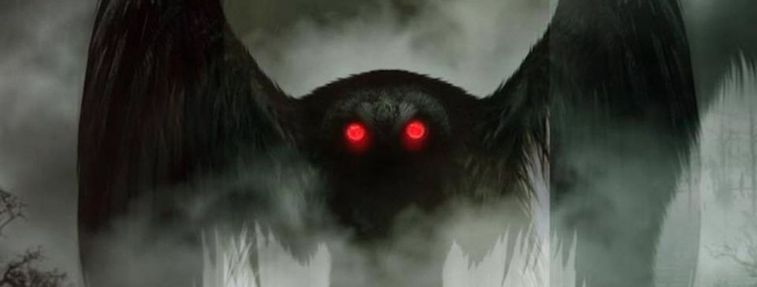Hi all, if you haven’t been following the Nazca mummies that have been presented at two hearings in Mexico, there’s been a lot of fascinating information coming out from doctors and scientists at San Luis Gonzaga University in Peru. The second hearing was last week, it was broadcast in Spanish and the translators had a tough time with all the technical jargon, so I produced an English transcript and wrote up a summary of the key facts presented. Here are a few of them from my post, but tl;dr they’re saying the bodies are authentic biological specimens and not hoaxes:
Dr. David Willy Ruiz Vela - Plastic Surgeon
The neck is mobile but only in one axis, meaning they can only have movement from side to side, but not from up to down. I am referring to the articulation between the first vertebra and the skull. The neck is also retractable, as is the entire spine, and what we call the abdomen.
These beings were always bipedal, meaning evolutionarily they have not had a stage of using their front limbs for mobility, as we did in our evolution.
Dr. Mesa
…the level of purity of the silver is 95%, which is practically unknown in nature, and therefore it had to have been made or manufactured by intelligent beings.
Dr. Edgar Martin Hernandez - Oral and Maxillofacial Radiologist / Anatomist
We observe in this mandibular area the loss of three dental pieces, but the strange thing here is that the residual bone has a homogeneity and regularity that is compatible with surgical work, like the professional work that would have been done by a dentist. The question remains: Who did it, when did they do it, how did they do it, and with what instrument were these proceedings done?
Prof. Roger Zuniga Aviles - Anthropologist
Moreover, the artifact that these beings have in their chest does not have a set of internal filaments; they are two, two parallel plates, not more or less than a thickness of 3 mm, the interior is hollow and inside precisely there is a series of circuits that make us think that it was a very special artifact.
Ricardo Rangel Martinez - Biologist
Surprisingly, the new information corresponds to sequences identified in two species of apes, which are classified by genus and species: Pan troglodytes and Pan paniscus, i.e., chimpanzees and bonobos, respectively. I am asked to shorten my speech due to time constraints, but what I want to conclude essentially is that this organism contains sequences from two apes that come from Africa, which is very strange and a relatively similar proportion, approximately 15% of them. This speaks to us, basically, that it is indeed a hybrid, and there are comparisons in the following slides.
Dr. Daniel Mendoza Vizarreta - Radiologist
the last specimen mentioned by the doctor: an unknown specimen with a small head, a small cervical spine, and a pelvic cavity with strange objects, appendages on the dorsocervical area resembling fins, and undoubtedly, the long bones show a radiolucent image in the center corresponding to the bone marrow. As you know, bone marrow is the factory for the blood’s formed elements, the producers of erythrocytes which will form red blood cells. Without a doubt, this specimen has been a biological being that has surely lived.

